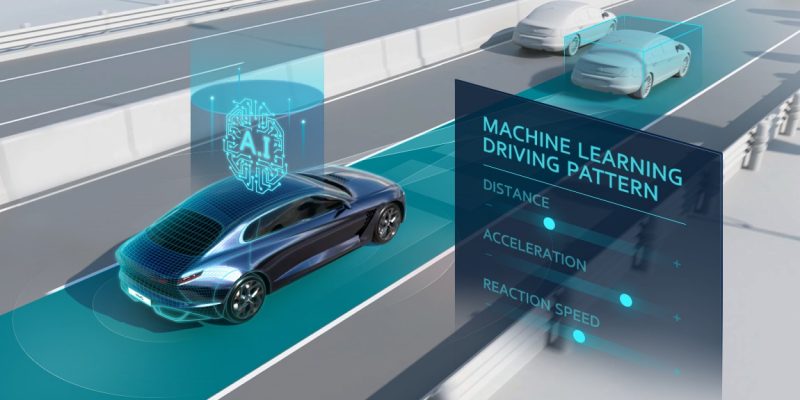Index Surge: Amplifying Your Insights
Stay updated with the latest trends and news across various industries.
Revolution on Wheels: How Autonomous Vehicles Are Reshaping Our Future
Discover how autonomous vehicles are transforming our lives and cities—uncover the future of travel in our thrilling exploration!
The Technology Behind Autonomous Vehicles: How They Work
Autonomous vehicles, often known as self-driving cars, rely on a sophisticated amalgamation of technologies to navigate and operate without human intervention. At the core of this technology is a suite of sensors that includes LiDAR, radar, and cameras, which work in unison to create a comprehensive map of the vehicle's surroundings. These sensors collect real-time data about the environment, allowing the vehicle to detect obstacles, recognize traffic signals, and interpret road conditions. Additionally, advanced machine learning algorithms process this information to make informed decisions about speed, direction, and braking, ensuring safe and efficient travel.
Furthermore, the vehicle's control systems play a crucial role in translating the decisions made by the algorithms into actionable outputs. This involves integrated systems that handle steering, acceleration, and braking with high precision. The connectivity aspect is also vital; autonomous vehicles often utilize V2X (Vehicle-to-Everything) communication to interact with other vehicles and infrastructure, enhancing their ability to predict and react to traffic conditions. As these technologies evolve, the potential for fully autonomous travel not only presents exciting possibilities for the future of transportation but also raises important discussions about safety, ethics, and regulation.

The Impact of Autonomous Vehicles on Urban Development
The introduction of autonomous vehicles is poised to significantly reshape urban development. As cities evolve to accommodate self-driving technology, we can expect a transformation in urban planning that prioritizes efficiency and sustainability. With fewer parking spaces required—due to vehicles that can park themselves or drop off passengers and continue on their route—urban planners may find opportunities to repurpose these areas for green spaces, pedestrian walkways, and mixed-use developments. This shift could lead to improved air quality and enhanced community engagement, as neighborhoods become more walkable and less reliant on personal car ownership.
Furthermore, the integration of autonomous vehicles is likely to influence public transportation systems as well. As these vehicles become more prevalent, cities may implement mobility-as-a-service platforms that seamlessly connect various modes of transport, including buses, trains, and ride-sharing services. This transition could lead to more efficient transportation networks, reduced congestion, and decreased urban sprawl. In the long term, these developments suggest a future where our cities are designed not just for cars, but for the people who live in them, reflecting a more holistic approach to urban living.
Are Autonomous Vehicles Safe? Addressing Common Concerns
As the development of autonomous vehicles progresses, safety remains a pivotal concern for both consumers and regulatory bodies. The technology behind these vehicles is designed to reduce human error, which is a leading cause of accidents on the road. According to industry experts, autonomous vehicles are equipped with advanced sensors, cameras, and artificial intelligence that allow them to perceive their environment and respond to potential hazards. However, despite these advancements, questions about their safety persist. Some individuals worry about the reliability of the algorithms used to make critical driving decisions and the potential for system failures.
Additionally, public perception plays a significant role in the overall acceptance of autonomous vehicles. Many individuals express concerns about their safety, often citing high-profile accidents involving self-driving cars as evidence. To address these fears, manufacturers are investing heavily in rigorous testing and safety protocols. Experts argue that, over time, as data accumulates and technology evolves, the safety of autonomous vehicles will become increasingly evident. Ultimately, the transition to fully autonomous driving will require not only technological advancements but also a shift in public trust and understanding of how these vehicles operate.